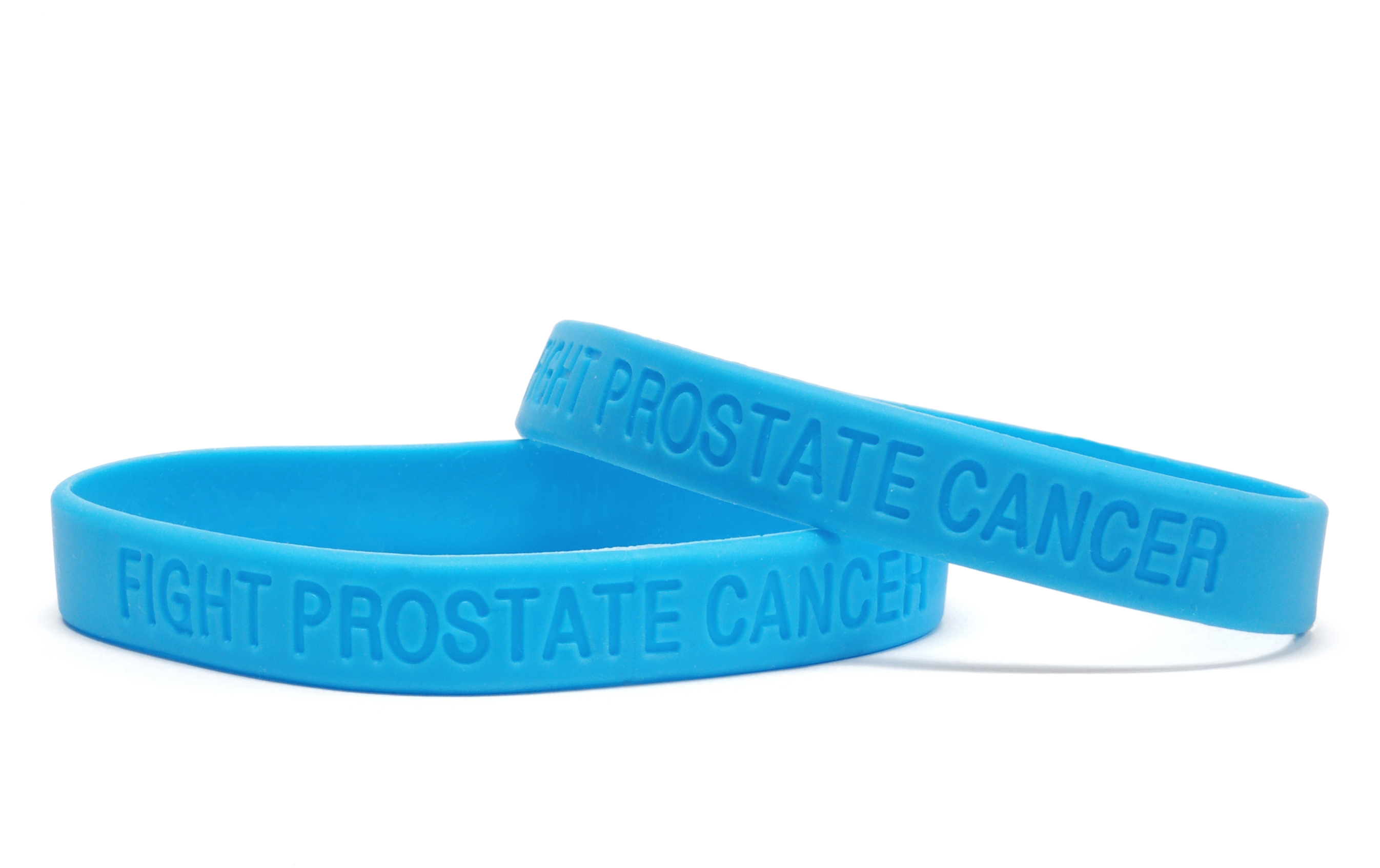
SUSPECTED prostate cancer sufferers should undergo an initial MRI scan to improve detection of aggressive forms of the disease and reduce the number of men undergoing unnecessary biopsies, a study has found.
The report, published in British medical journal The Lancet, estimates an MRI could help 27% of men avoid an unwarranted biopsy, during which a small sample of tissue is removed from the body for examination.
Adding an early MRI scan could also reduce the number of men who are diagnosed with a cancer that later proves harmless by 5%, researchers found.
They found a multi-parametric MRI scan can provide detailed information about the cancer, such as how well-connected to the bloodstream it is, which could in turn help distinguish between aggressive and harmless types.
More than 570 men with suspected prostate cancer – that is, those found to have elevated levels of the prostate-specific antigen (PSA) protein in their blood or other symptoms – were given an MRI scan followed by two types of biopsy as part of the study.
Researchers found the MRI scan correctly identified 93% of aggressive cancers, while most commonly used biopsy type only diagnosed about half.
Lead author Dr Hashim Ahmed, of the University College London Hospitals NHS Foundation Trust (UCLH), said the current biopsy test could be inaccurate because tissue samples were selected at random.
He said: “This means it cannot confirm whether a cancer is aggressive or not and can miss aggressive cancers that are actually there.
“Because of this, some men with no cancer or harmless cancers are sometimes given the wrong diagnosis and are then treated even though this offers no survival benefit and can often cause side effects.”
“On top of these errors in diagnosis, the current biopsy test can cause side effects such as bleeding, pain and serious infections.”
Prostate Cancer UK chief executive Angela Culhane praised the findings as a “huge leap forward” for the “notoriously imperfect” diagnostic processes currently used.
She said: “The results from the (trial) make it clear that giving men with raised PSA an MRI scan before a biopsy can help increase the number of aggressive cancers detected whilst reducing the number of unnecessary biopsies for men.”
“This is the biggest leap forward in prostate cancer diagnosis in decades with the potential to save many lives.”
The organisation was already working with clinical experts and professional bodies to investigate how a rollout of the MRI scan method may unfold, she said.
The Medical Research Council said an approximate 100,000 men every year in the UK undergo a type of biopsy – with about 66% found to have no cancer or no life-threatening cancer.
The study was conducted by researchers from a range of institutions, including University College London, and funded by bodies such as the UK Department of Health.

Enjoy the convenience of having The Sunday Post delivered as a digital ePaper straight to your smartphone, tablet or computer.
Subscribe for only £5.49 a month and enjoy all the benefits of the printed paper as a digital replica.
Subscribe